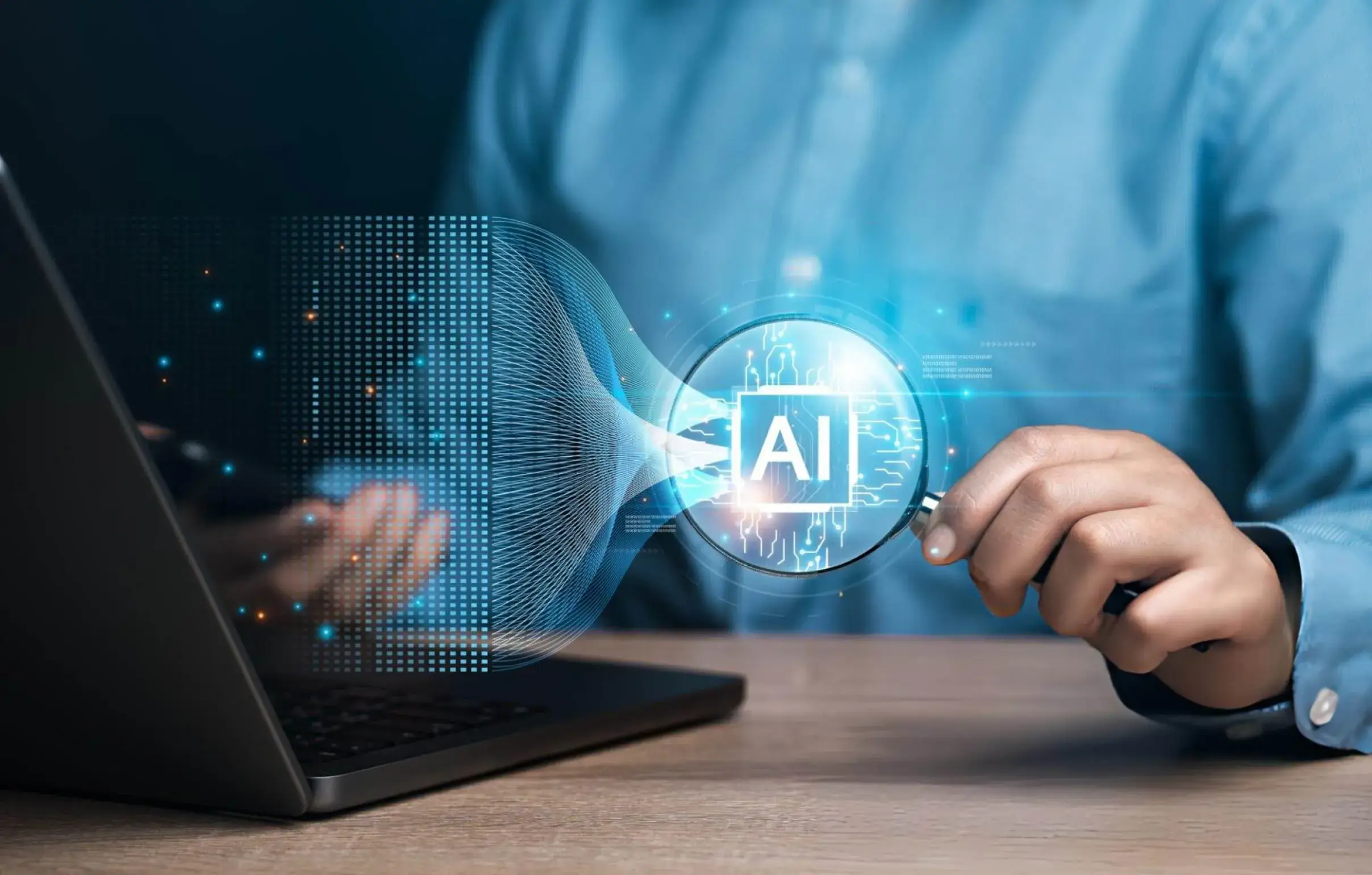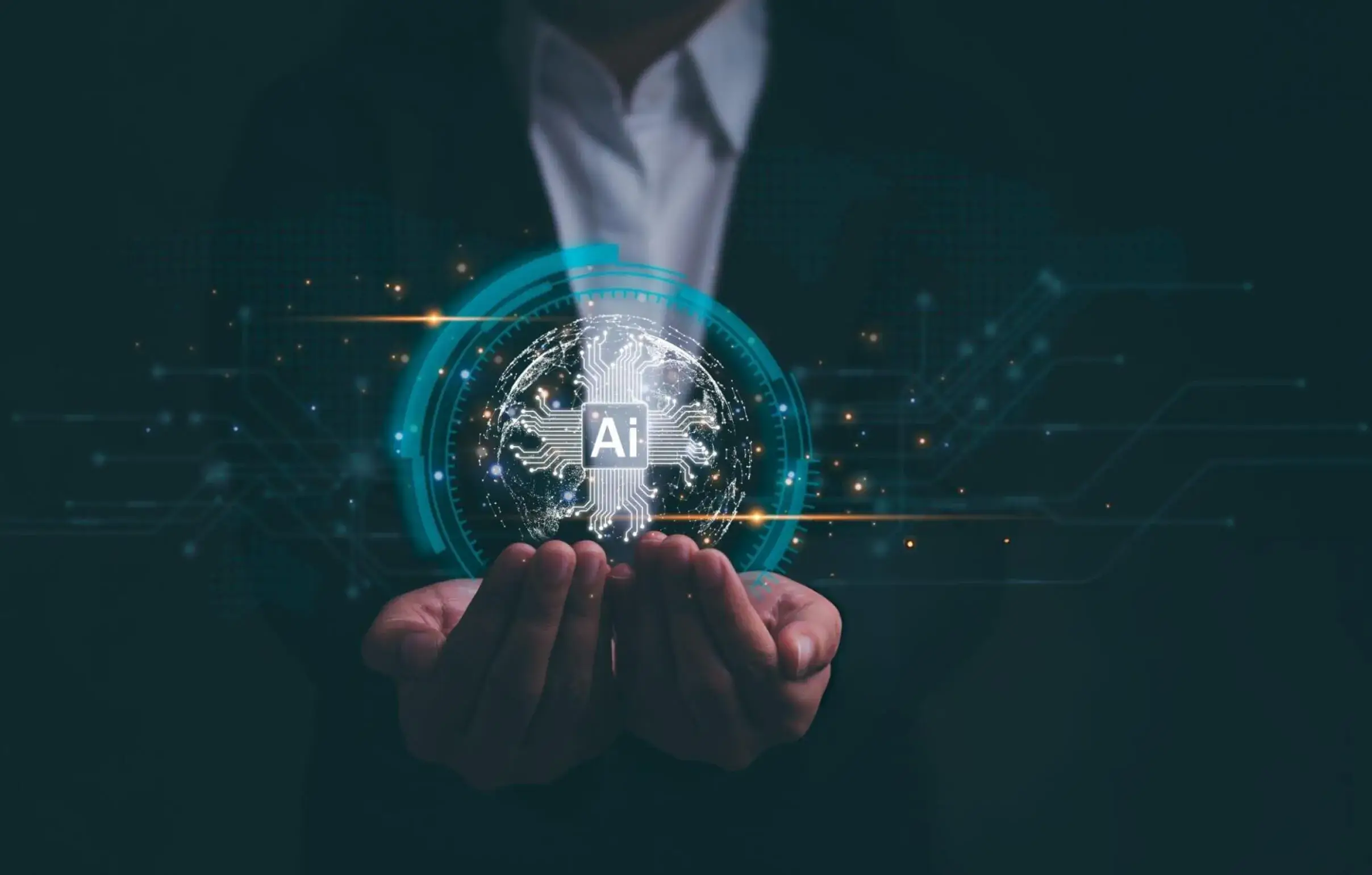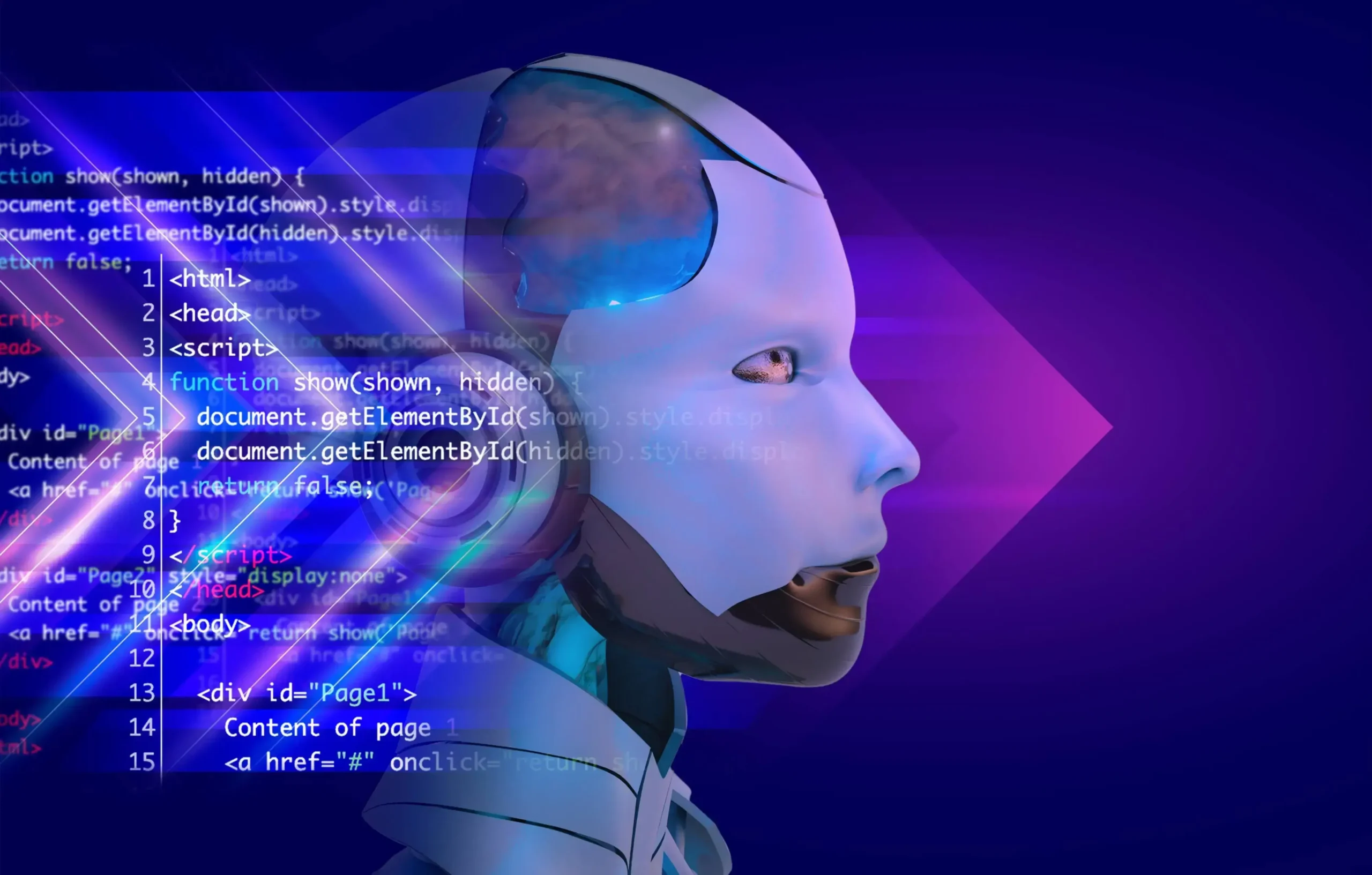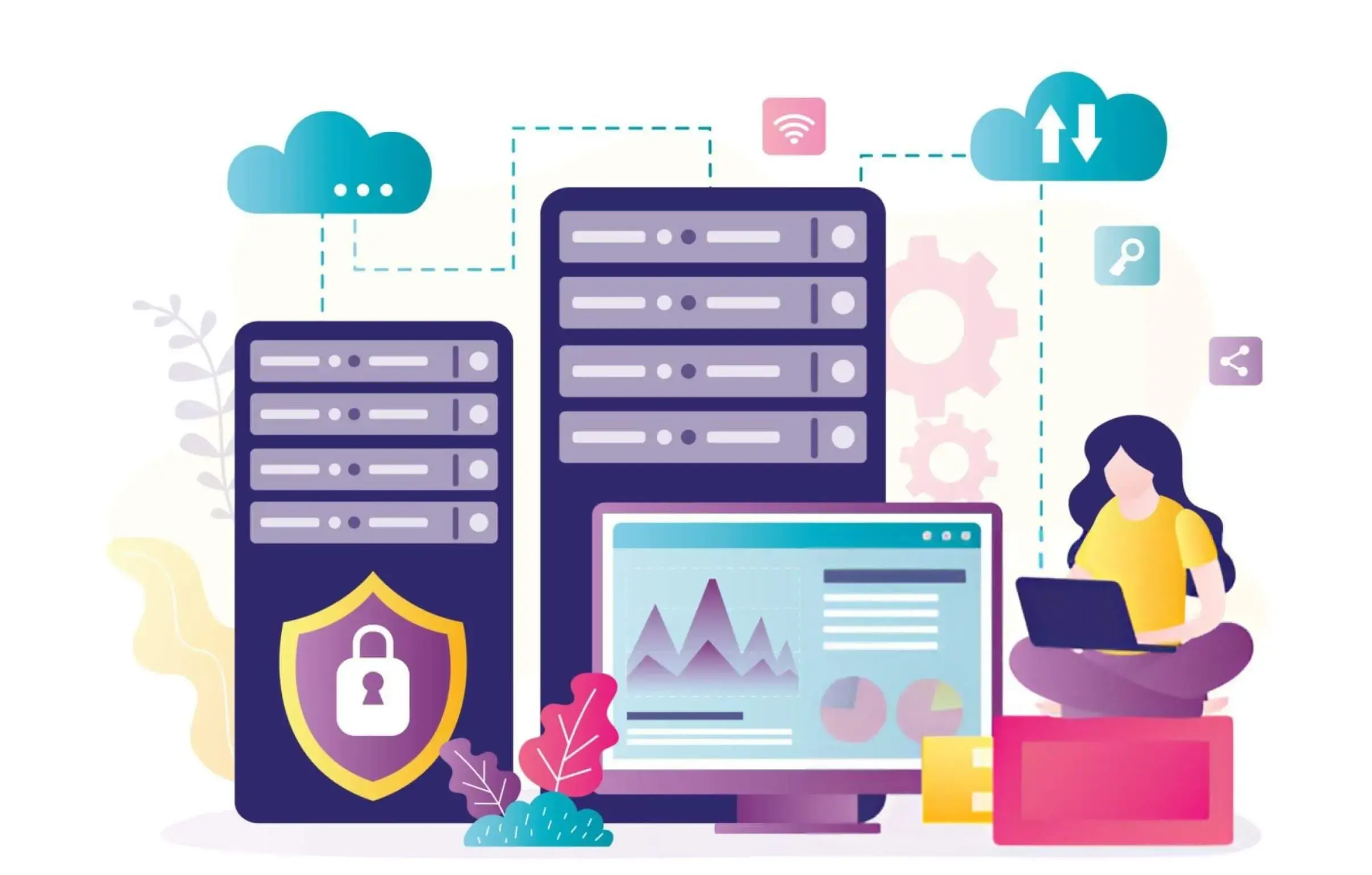At Creamerz Soft we believe that leveraging Artificial Intelligence in testing is the key to delivering higher quality software faster and at lower cost.
In the fast-evolving world of software development, delivering high-quality products with minimal defects is a constant challenge. Traditional testing and quality assurance processes often are labor-intensive, time-consuming, and error-prone. That’s where AI in software testing and QA comes into play. By embedding artificial intelligence, machine learning, and automation into QA workflows, organizations can achieve smarter defect detection, predictive insights, faster feedback loops, and enhanced test coverage.
At Creamerz Soft, we harness AI-powered testing tools and custom models to augment human testers, improve test effectiveness, accelerate release cycles, and reduce maintenance cost. In this blog, we will explore how AI elevates software testing, what practical techniques are being used, and what benefits you can expect.
How AI Elevates Software Testing & QA
Intelligent Test Case Generation & Optimization
One of the biggest bottlenecks in QA is designing and maintaining test cases. AI can analyze application behavior, usage logs, and historical defects to generate new test cases or optimize existing ones. It can prioritize test cases based on risk, code changes, or usage frequency, eliminating redundant tests and focusing on high-impact paths. With this, Creamerz Soft improves test efficiency and ensures critical flows are always covered.
Predictive Defect Identification & Risk Forecasting
By applying machine learning to historical bug metrics and code metrics (e.g. complexity, change frequency, commit history), AI models can predict modules or areas most likely to contain defects. This helps QA teams to prioritize testing efforts in high-risk areas, reducing defect leakage into production. At Creamerz Soft, our AI-led risk prediction systems help clients focus on the right tests and reduce time spent on low-risk modules.
Automated Visual & UI Testing
Visual regressions unexpected layout shifts, style changes, alignment issues often slip through manual testing. AI-powered visual testing tools can compare screenshots, detect pixel-level changes, distinguish between meaningful UI deviations and acceptable variances, and flag anomalies. This not only speeds UI verification but improves consistency across screen resolutions and devices.
Test Automation Augmented by AI
Traditional test automation scripts are brittle—they may break when UI changes slightly or underlying data changes. AI-driven automation frameworks bring adaptability: self-healing tests, dynamic locators, and smart object detection allow scripts to recover from UI changes. In addition, AI can determine when to run which test suites (smoke, regression, integration) based on code changes, reducing overall test execution times. This is part of what our team at Creamerz Soft implements when building robust, AI-augmented automation frameworks.
Continuous Monitoring & Feedback Loops
AI tools integrated into CI/CD pipelines can monitor application behavior in real environments, detect anomalies (e.g. performance drift, latency spikes, unexpected errors), and feed these insights back into testing cycles. This creates a feedback loop: production data helps refine test scenarios. Creamerz Soft leverages this approach to close the gap between development, QA, and operations.
Real-World Benefits & Outcomes
Faster Time-to-Market & Shorter Release Cycles
AI-driven automation and prioritization reduce test cycle durations. Organizations can ship updates more rapidly with confidence.
Higher Defect Detection Rate & Fewer Escapes
Prioritizing high-risk test areas and leveraging anomaly detection ensures more defects are caught earlier.
Reduced Test Maintenance Cost
Self-healing scripts, optimized test suites, and AI-driven refactoring reduce manual overhead and test flakiness.
Smarter Resource Allocation
QA teams focus on complex exploratory testing while AI handles repetitive and voluminous test tasks.
Better Test Coverage & Risk Mitigation
AI helps identify gaps in testing by analyzing usage patterns and code changes, resulting in more comprehensive coverage.
Continuous Improvement & Learning
The more data AI accumulates—about failures, usage, performance—the better it becomes at guiding future testing.
Key Techniques & Tools in AI for QA
- Reinforcement learning and genetic algorithms to evolve test paths that explore critical flows.
- Natural Language Processing (NLP) to convert requirement/user stories into test scenarios or acceptance criteria.
- Anomaly detection models (e.g. isolation forest, clustering) to spot outliers in performance logs or error metrics.
- Computer vision / image recognition models for visual UI testing, layout verification, and screenshot comparisons.
- Graph-based models to represent system dependencies, code paths, and usage graphs to guide test selection.
- Self-healing automation frameworks that detect broken locators or UI changes and adjust scripts automatically.
- Predictive models using historical bug data, code churn, and commit metadata to assess defect proneness.
At Creamerz Soft, we integrate and sometimes build custom AI modules into your QA pipelines, combining open-source tools and proprietary algorithms to meet your domain-specific needs.
Challenges & Considerations
- Quality and quantity of training data
AI models need sufficient historical test, bug, and usage data to learn patterns. Early-stage projects may have limited data, requiring bootstrapping or transfer learning. - False positives / noise
AI may over-report anomalies; proper threshold tuning, feedback loops, and human-in-the-loop validations are necessary. - Model drift & maintenance
As software evolves, the AI model must be retrained or adjusted. Continuous monitoring of model performance is essential. - Interpretability & trust
QA teams must understand why AI flagged certain areas. Clear visualization and explainability help build trust. - Integration complexity
Embedding AI into existing QA pipelines, CI/CD tools, versioning, and infrastructure may require overhead. CREAMERZ SOFT helps clients with seamless integration strategies. - Security & privacy of data
Historical logs, bug data, user data used for model training must be handled with care—anonymization, permissions, and compliance are important.
By proactively addressing these challenges, Creamerz Soft ensures that AI integration improves QA rather than complicates it.




